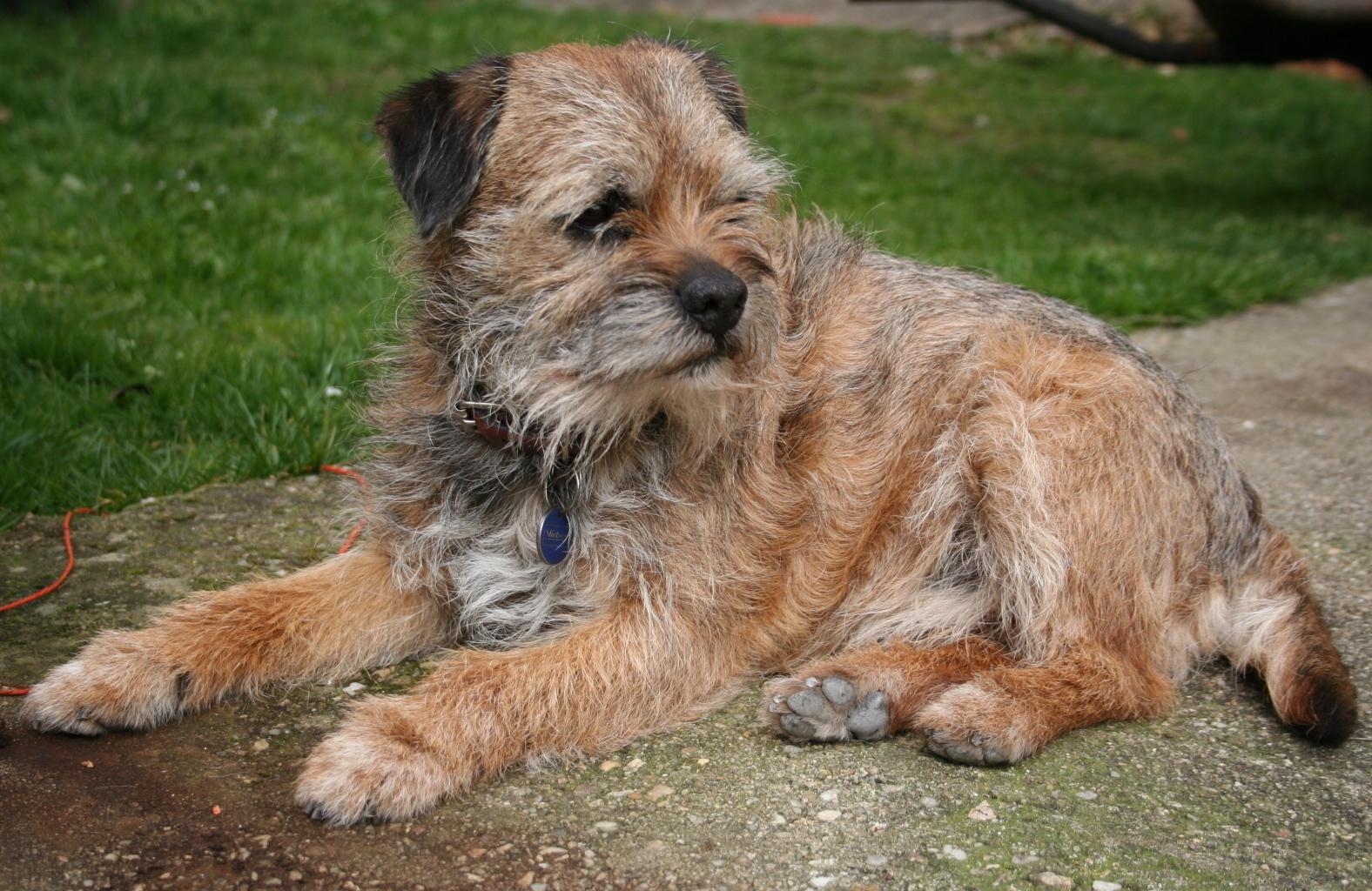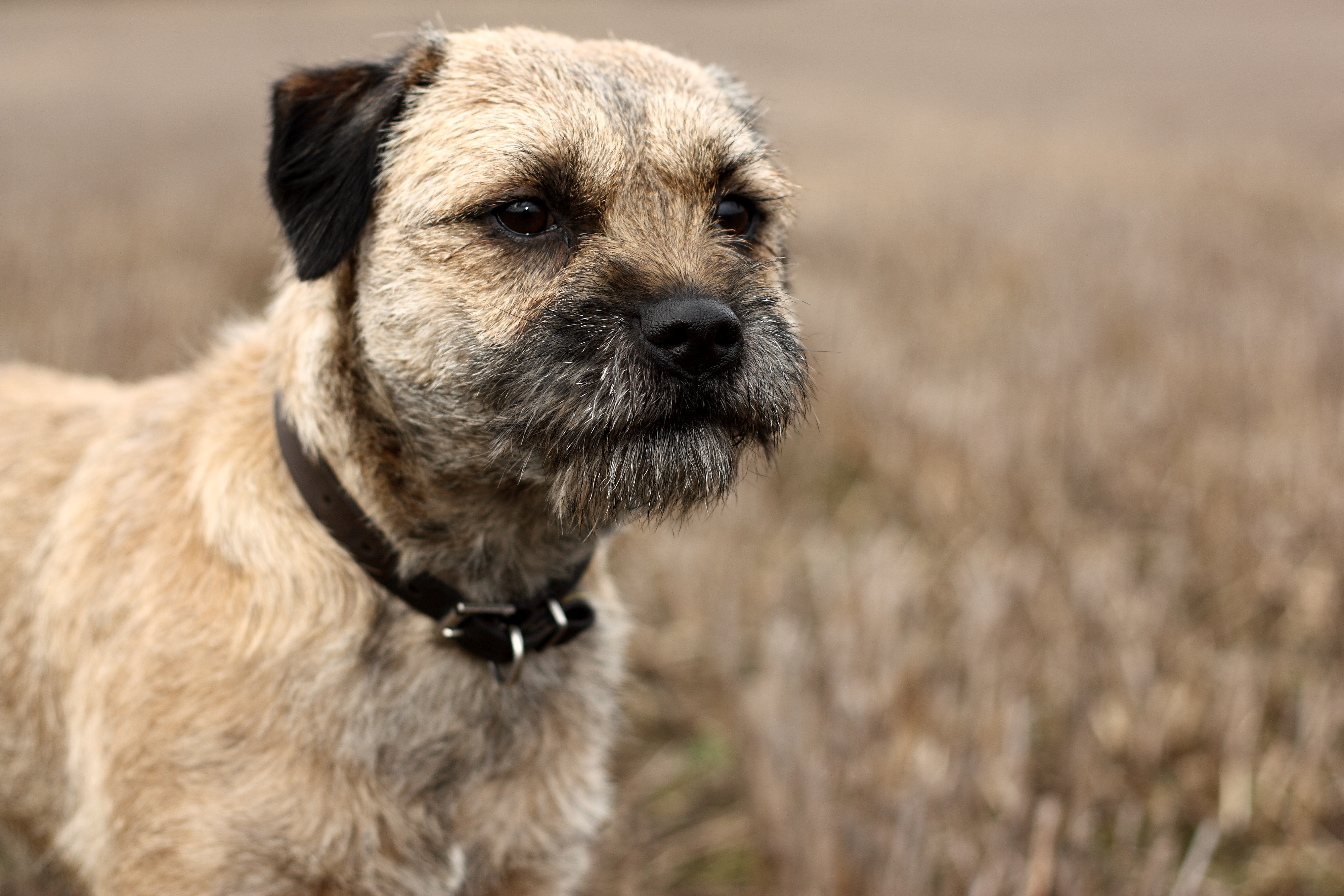
Border Terrier Dog Breed – History, Health & Characteristics
History of Border Terrier
The breed originated in the early 18th century on the borders of Northern England and Scotland. These were bred as dogs that could “go to ground” in the pursuit of its quarry – foxes. In the early days, there were also called the Redwater or Coquetdale Terrier but now they are known only as of the “border terrier”.

Characteristics
Essentially a working terrier and one of the few breeds that cannot be pigeonholed as a show or working dog just by looking at it.
They are a medium-sized terrier that should be capable of being spanned by both hands behind the shoulder. They have a harsh, dense coat with undercoat. They are distinguishable by their head which is like that of an otter.
Border terriers should be fun-loving, alert, responsive and game for anything! They are more easygoing and less yappy than other terrier breeds. These are dogs that the breed standard states are capable of following a horse – they have tremendous stamina! They are, however, just as happy sitting on your lap.

They are tough little dogs with a high pain tolerance level which can mean that they can fail to display outward signs of discomfort when they have an illness or injury that needs veterinary attention.
They are relatively easy to train to provide that the owners are consistent with their methods. Housetraining, as with other small breeds, can take a little longer to get to grips with.
No matter how good a coat your border terrier has, it will need stripping from time to time. You can either use your finger and thumb to pluck the dead hair or you can use a stripping tool. It is advisable to only use groomers/grooming parlors that have been recommended as you want the assurance that your dog will be stripped not clipped.
Health
In comparison to many other breeds, the border terrier is extremely healthy. The Border Terrier Club does not deem it necessary to insist that members do health screening for hips or eye problems as these problems are simply not prevalent in the breed.

They can suffer from heart problems later in life, dental defects and retained testicles. There have been cases of border terriers suffering from Canine Epileptoid Cramping Syndrome (formerly known as “Spike’s Disease”) which is a hereditary condition thought to be similar to epilepsy.
However, as yet there isn’t a definitive test for this disorder. They are a long-living breed – they average around 14 years which is nearly 3 years longer than the average for most other breeds.
A recent Kennel Club health survey (published 2006) showed that the biggest cause of death for border terriers is old age.
